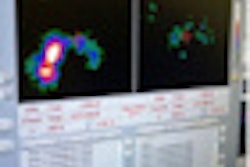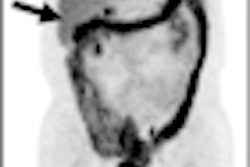Dear Molecular Imaging Insider,
This edition of the Insider offers an exclusive first look at SNM's Clinical Trials Network and how it's making progress on a number of fronts, including upcoming major clinical trials and increasing worldwide membership.
Among other accomplishments, the Clinical Trials Network has developed a custom-made phantom that measures standardized uptake values and contains "hidden" lesions that PET/CT scanners must find to be validated for accuracy. Read more about the exploits of the Clinical Trials Network by clicking here.
In other news, associate editor Kate Madden Yee reports on positron emission mammography and how it lends itself to standardized terminology for describing exam results, much like the BI-RADS lexicon for breast MRI. There are, however, key differences clinicians need to be aware of, according to a study from the American College of Radiology Imaging Network.
Also in this edition, researchers at Washington University are using PET to show how welders exposed to manganese fumes are at risk of serious brain injury and loss of motor skills. PET scans showed reduced uptake of fluorine-18 dihydroxyphenylalanine (FDOPA) in parts of the basal ganglia, which is associated with cognition, memory, and movement, as well as the development of Parkinson's disease.
In another story, Dutch physicians used a portable gamma camera intraoperatively to identify 20% more laparoscopic sentinel nodes in testicular cancer patients imaged by SPECT/CT.
And, finally, Chinese researchers have found that delayed PET/CT with laxative-augmented contrast is more accurate than initial PET alone in the detection of colorectal cancer.
As a reminder, AuntMinnie.com will be in San Antonio June 4 to 8 for the SNM annual meeting, reporting on daily events at this year's conference. In the meantime, stay in touch with the Molecular Imaging Digital Community for all the latest news and research from around the world.




















